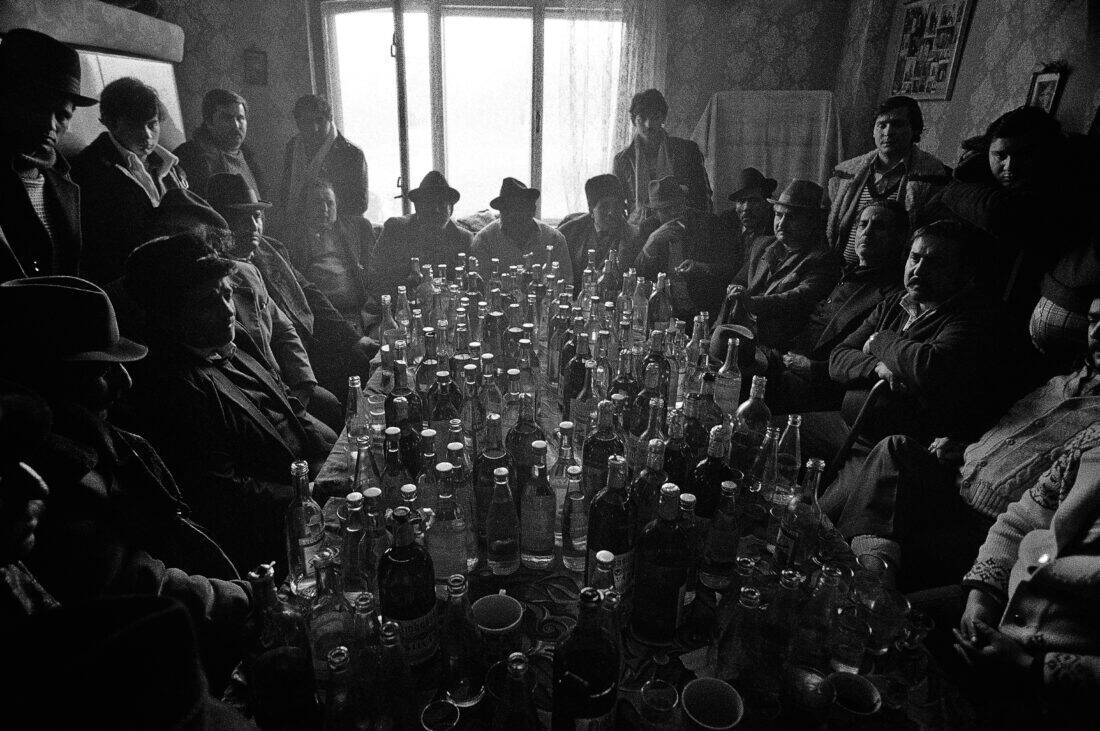Tibor Huszár – Everywhere at Home
Abstract
Tibor Huszár (1952 – 2013) was a prominent Slovak photographer. As a photographer, he was interested in “all things human”, ordinary days and holidays, every day and timeless moments from the lives of people around him. Views into courtyards and the privacy of rooms, but also church services, baptisms, communions, weddings, funerals. He did not look for paradoxes, coincidences, or shocking situations; he also did not focus on exclusive beauty. On the contrary, he was inclusive – he was interested in everyone and everything. Huszár photographed “Gypsies”, the Roma people for decades (1968 – 2008), he took pictures of them at home in all corners of Slovakia. It was an initiatory and important cycle that brought Huszar fundamental professional attention, despite the fact that it was a topic already “occupied” by the world-famous Czech photographer Josef Koudelka. Tibor Huszár, like many other well-known photographers, documented specific period themes that he witnessed or participated in. In addition to the visual quality of these photographs, we are also interested in the context, unique situation, and connections, therefore Huszár’s photographs from the heart of the prisoner revolt in Leopoldov (1989) are unique. Huszár also tries to be an insider in New York City (1991 – 1996) and in various neighbourhoods, racial and religious communities to photograph his most prominent themes, with the same interest that we can see in his other books.
Key words
1989. Czechoslovakia. Gypsies. Leopoldov. New York City. Slovak Documentary.
Čúzyová, S. L. (2025). Tibor Huszár – Everywhere at Home. European Journal of Media, Art & Photography, 13(1), 46-73. https://doi.org/10.34135/ejmap-25-01-02

